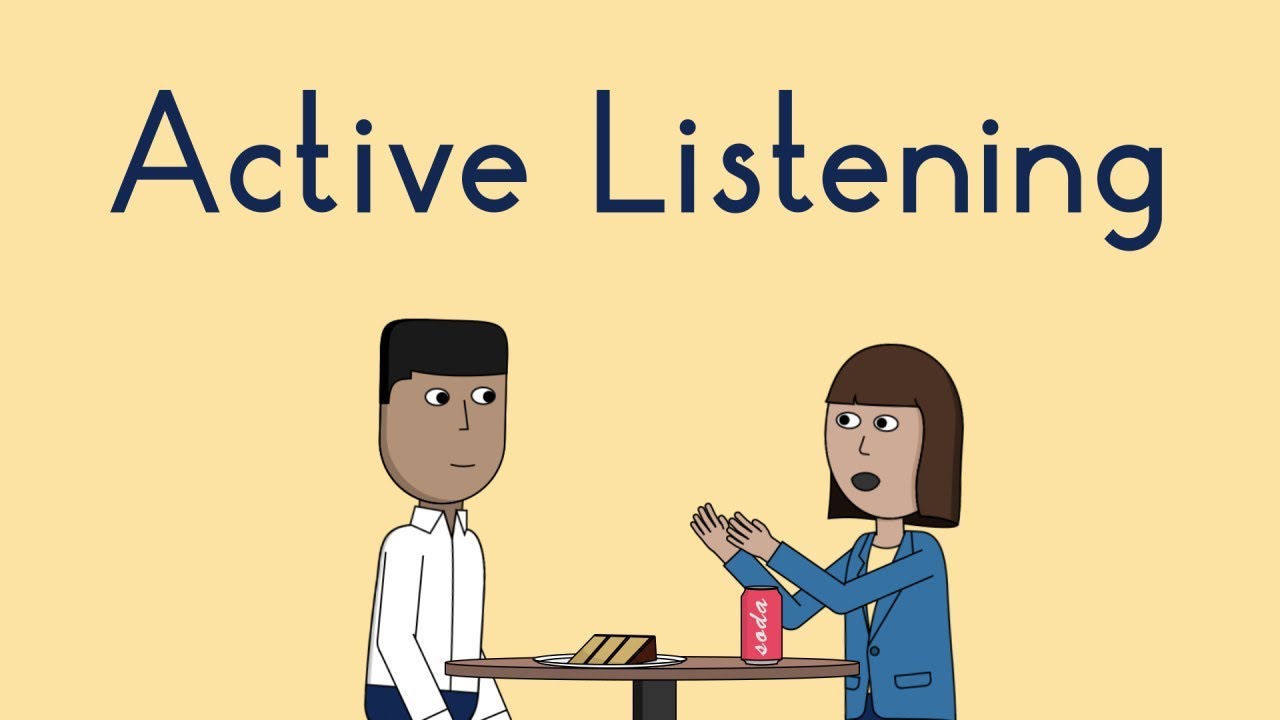Active Listening
Validated by: ( Emily Walton Jan 25, April Greenwood Jan 25, Tegan Ross 2/4/23 )
Disclosure: ChatGPT3 was used in creating this page
Author: Leah Kelsey
Summary
● Active listening: is a communication technique that involves fully focusing on and understanding the speaker, as well as demonstrating this understanding through verbal and nonverbal cues.
This means paying attention to not only the words that are being said but also the emotions and body language of the speaker. Active listening involves using verbal responses such as asking questions and providing verbal encouragement to show that the listener is engaged and interested in the conversation.
● Children can practice active listening at school with their peers. At a young age, they can learn how to be active listeners by making eye contact, being still, putting down objects in their hands, and asking questions to understand what is being said and to show that they are interested. When helping children to actively listen, encourage them to repeat what you said to them back to you, invite them to ask questions, and teach them cues of body language such as nodding their head, and saying “mhmm” or “okay,” which cues that they are interested. Modeling practices of active listening in the classroom will also help students feel heard, and they will reflect those behaviors in their interactions.
 Watch on YouTube
Watch on YouTube
Quiz Questions
Choose all of the following behaviors that demonstrate active listening:
- Nodding your head
- Making eye contact
- Looking at your phone
- Start a conversation with the person next to you
- Ask clarifying questions
- Summarize the conversation back to the person speaking to you
- Paraphrase the conversation
- True
- False
- Teachers don't have to listen to what students have to say because the teacher knows more
- Active listening is multitasking while someone is talking
- Modeling practices of active listening will encourage students to do the same
- It doesn't take much to be an active listener, just let the person talk
Read more: https://empoweringeducation.org/blog/active-listening/?gclid=CjwKCAiAqt-dBhBcEiwATw-ggJ_vjIt8yDuB1jWZAEWTJsLLHjZ8QRx4FZ_TOrDbsJ7jI50pkqmznxoCH_QQAvD_BwE
Disclosure: ChatGPT3 was used in creating this page
This content is provided to you freely by BYU-I Books.
Access it online or download it at https://books.byui.edu/development_motivati/mHmnTjyH.



